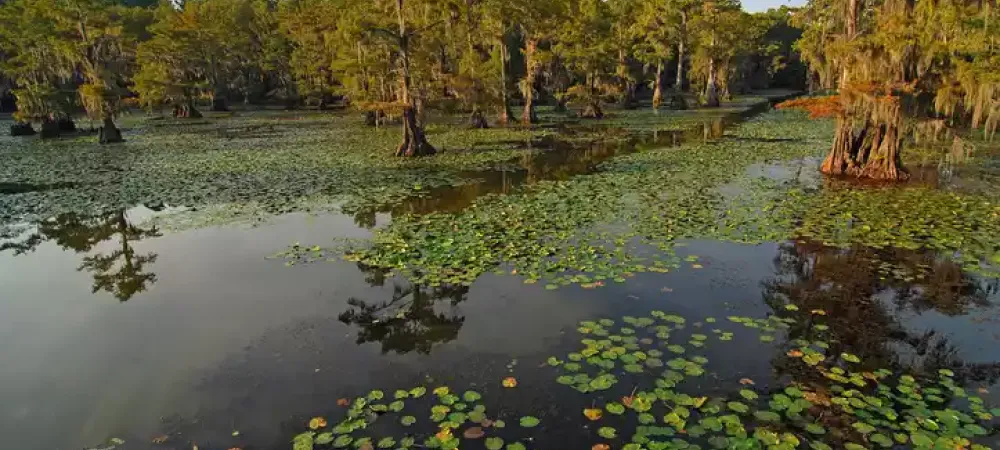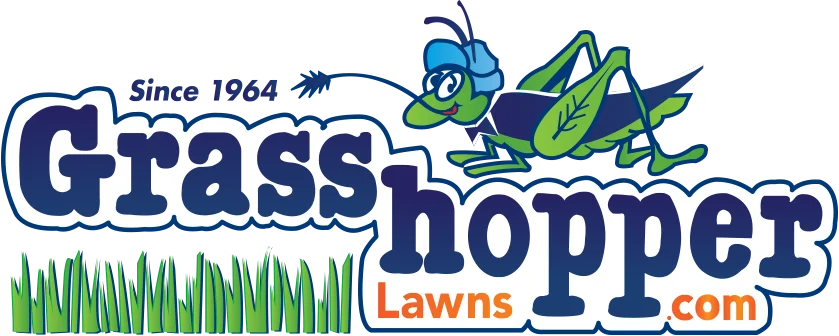How to Remove Lily Pads

Lily pads may be beautiful, but when they take over your pond, they can quickly become a serious problem. Overgrown lily pads reduce oxygen levels in the water, which can harm fish and other aquatic life. If you’re looking to get your pond back under control, here’s how to remove lily pads effectively, both physically and chemically.
Why Are Lily Pads Hard to Remove?
Lily pads may look delicate, but they have strong, extensive root systems that anchor them deep into the sediment. Once they become established, they can spread quickly and dominate your pond’s surface. Removing them takes effort, especially if you want to prevent them from growing back.
Physical Removal Methods
If you prefer a chemical-free approach or want to reduce the number of lily pads before treating chemically, these physical removal options can help.
1. Grass Carp
Stocking your pond with grass-eating carp is a natural method of controlling aquatic vegetation. Use two small grass carp per surface acre for ongoing maintenance. Keep in mind this is a long-term solution and won’t work as quickly as other methods.
2. Raking
You can rake lily pads out of the pond using a long-handled aquatic rake. This method is most effective early in the growing season before roots become well-established. However, it can be labor-intensive for larger infestations.
3. Cutting at the Base
Tools like the Weed Razer are designed to cut lily pads at the base. Think of it like mowing your lawn—you’ll need to repeat this process several times throughout the season. While it’s time-consuming, it avoids chemicals and helps keep costs down over time.
Chemical Treatment Options
For larger infestations or quicker results, chemical treatment is often more effective. Just be sure to aerate your pond if treating large sections to maintain oxygen levels for fish.
1. Early Season: Aquacide Pellets
Apply Aquacide Pellets when lily pads are actively growing early in the season. The plants absorb the treatment quickly, and you’ll usually see results within three weeks. Reapply if growth persists.
2. Mid to Late Season: Shore Klear + Cygnet
Use Shore Klear herbicide combined with a Cygnet surfactant to target mature lily pads. Mix with water and spray directly onto the leaves on a sunny, calm morning. Avoid rainfall for at least six hours after application. You may need to repeat the treatment after three weeks for complete control.
Don’t Let Lily Pads Rule the Pond
Whether you’re looking for a natural solution or a faster chemical treatment, removing lily pads requires a consistent, strategic approach. For large ponds or persistent growth, combining physical and chemical methods often delivers the best results.
If you’d like expert help managing aquatic weeds and restoring your pond’s balance, consider reaching out to a local pond management professional.
